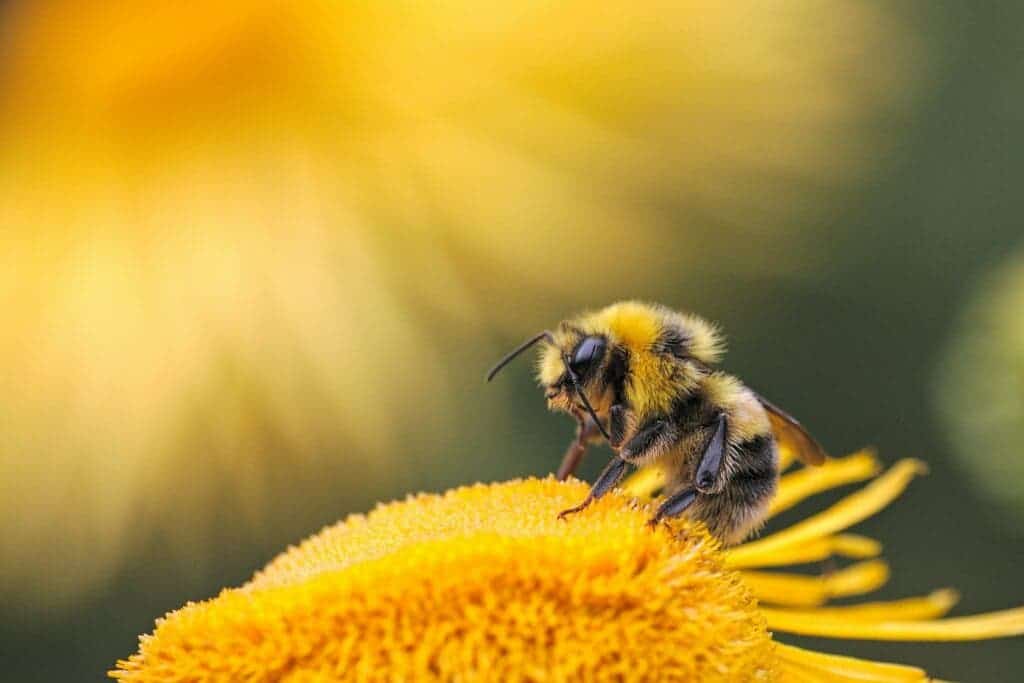New research at the University of Calgary in Canada has identified nature’s stoutest drinkers — unsurprisingly, they’re all fruit eaters.
Primates like humans, chimpanzees, gorillas, alongside other mammals whose diets contain lots of fruit such as bats are nature’s best drinkers, the paper reports. Such animals had an evolutionary incentive to develop the ability to metabolize alcohol, they explain, which created a selective pressure in favor of this ability. However, it’s not just mammals that partake — pound for pound, bees are known to be some of the heaviest drinkers out there.

It’s in my genes
“Being able to eat a lot of fruit or nectar without being subject to the effects of ethanol would certainly open up an important food resource,” explains lead author Mareike Janiak from the University of Calgary.
Fruits are very useful in one’s diet: they’re full of good nutrients and contain a lot of energy in the form of sugars. But bacteria also know this and are liable to start eating (fermenting) those compounds into alcohol. Alcohol concentrations in fruits past their prime can reach up to 8.1%, the study reports. Nectar, the sweet liquid flowers produce to attract pollinating insects, can still reach a respectable 3.1% alcohol concentration. For comparison, beers typically revolve around the 4.1% alcohol concentration mark.
It’s understandable, then, that fruit-eaters could be exposed to quite a generous helping of alcohol during breakfast, lunch, and dinner.
The ability to metabolize alcohol would, therefore, be quite desirable for fruit-eating species, the paper explains, as it would prevent them from getting completely smashed on a daily basis — which helps with things such as avoiding predators, impressing potential mates, or just maintaining basic motor coordination.
In order to understand how different species developed this ability, Janiak and her team studied genetic data for over 85 different mammal species looking for a gene called AHD7. This gene encodes the production of the enzyme alcohol dehydrogenase 7, which is part of a larger family of proteins that mediates chemical redox reactions. This particular one is specialized in alcohols and, in short, it allows bodies to either break it down into its constituent parts or recombine it from said parts. In short, AHD7 is what allows us to process alcohol (and its inebriating effects) out of our systems.
Mammal species who regularly consume fruit or nectar are more likely to have a variant of ADH7 that’s more efficient at processing alcohol, the team reports. Among the species that have this gene variant number bonobos, aya-ayes, chimpanzees, gorillas, as well as humans. They say it comes down to our shared genetic history, tied together by a common ancestor “at least 10 million years ago, long before we began fermenting beverages on purpose”.
However, “it is a fallacy to assume that other animals share our metabolic adaptations, rather than taking into consideration each species’ unique physiology,” the authors note.
Fruit- and nectar-eating bats are also very good at processing alcohol, the team found, likely because “being inebriated would be bad news for a flying mammal, so being able to better metabolize ethanol could be an important adaptation for them”.
In contrast, mammals who typically exclude fruits or nectar from their diet — including horses, cows, or elephants — are poor at metabolizing alcohol because they have lost their functioning version of ADH7.
The paper “Genetic evidence of widespread variation in ethanol metabolism among mammals: revisiting the ‘myth’ of natural intoxication” has been published in the journal Biology Letters.









